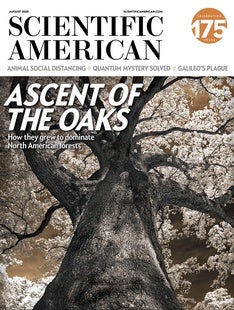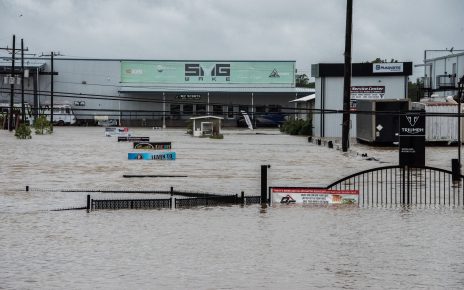An outbreak in Italy in the 1630s forced him to find new ways of doing his research and connecting with his family
The novel coronavirus has upended our world over the past several months, forcing people to learn how to work in entirely new ways. For scientists in particular, Isaac Newton has repeatedly been held up as a model of epidemic-induced productivity because he spent his 1666 “year of miracles” avoiding the plague in the English countryside and developing his ideas on gravity, optics and calculus. But isolation and quiet contemplation make up only one model of science during plague times and one that few of us can emulate. Galileo Galilei, the astronomer, physicist and mathematician who turned the telescope into a scientific instrument and laid the groundwork for a new physics of motion, presents us with an inspiring and more relatable model of scientific work in a time of crisis. In fact, several of the most public and turbulent years of Galileo’s life took place during the great plague outbreak of 1630–1633.




